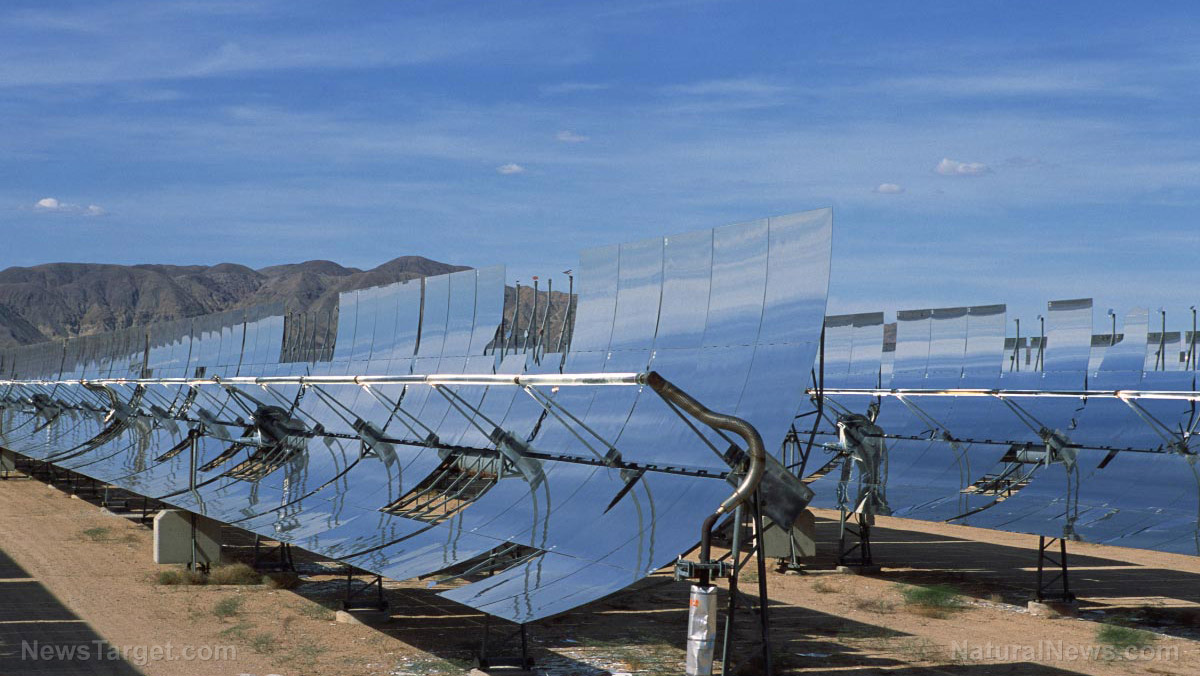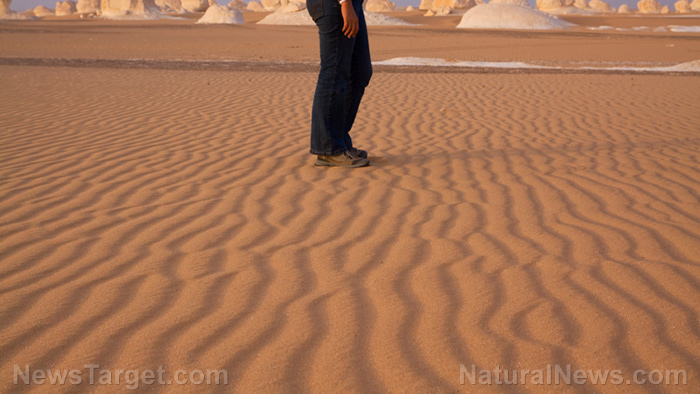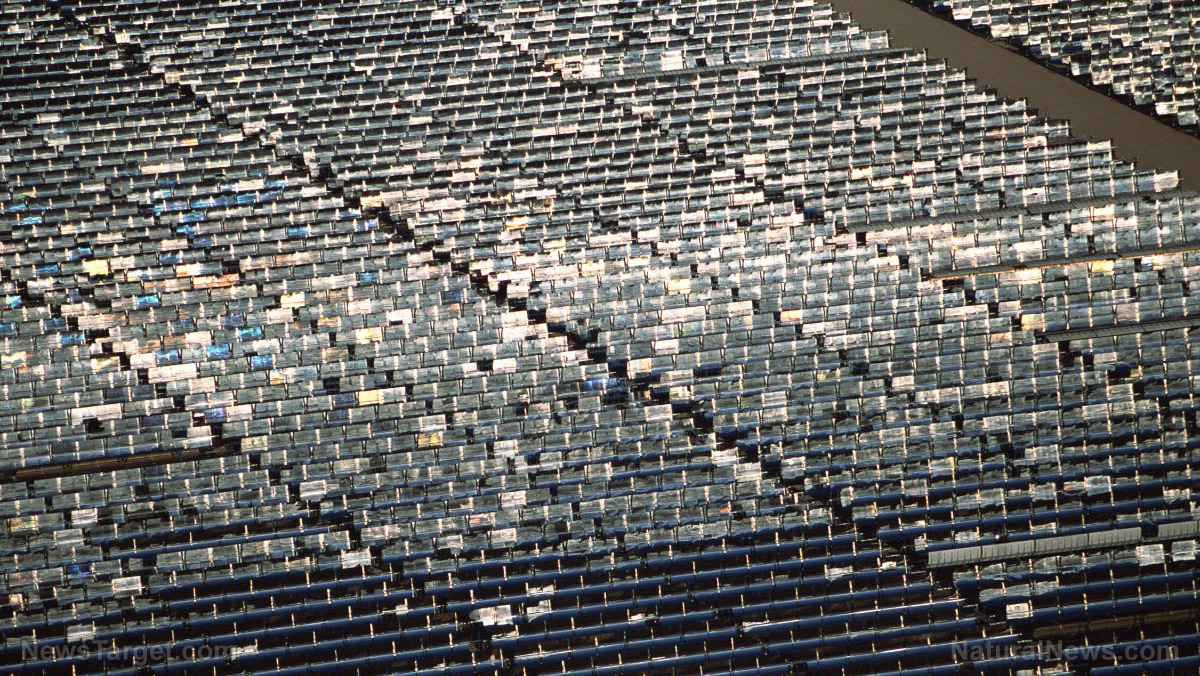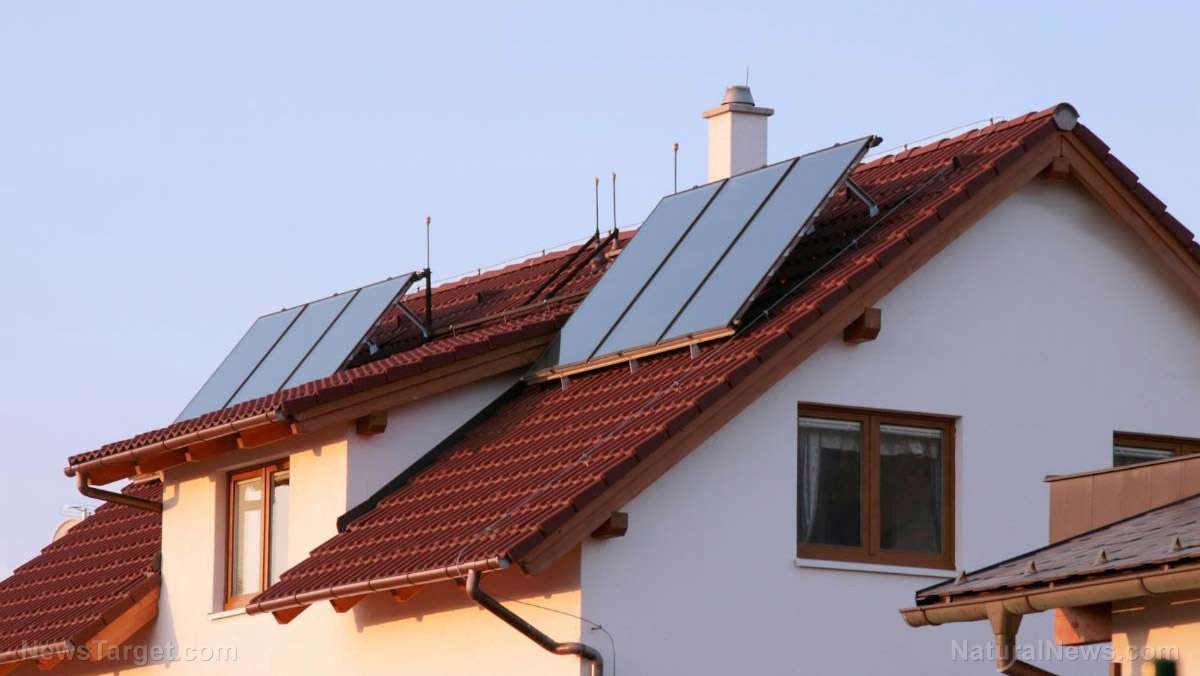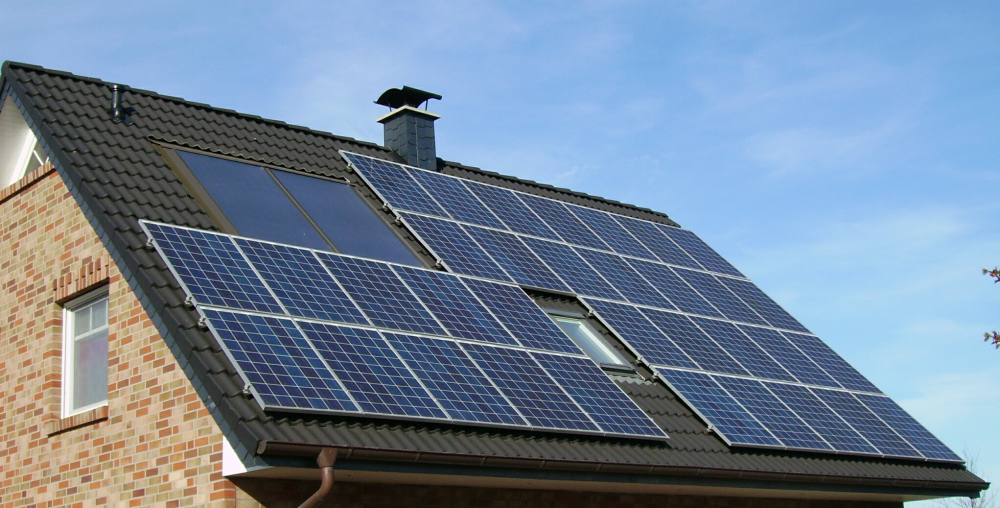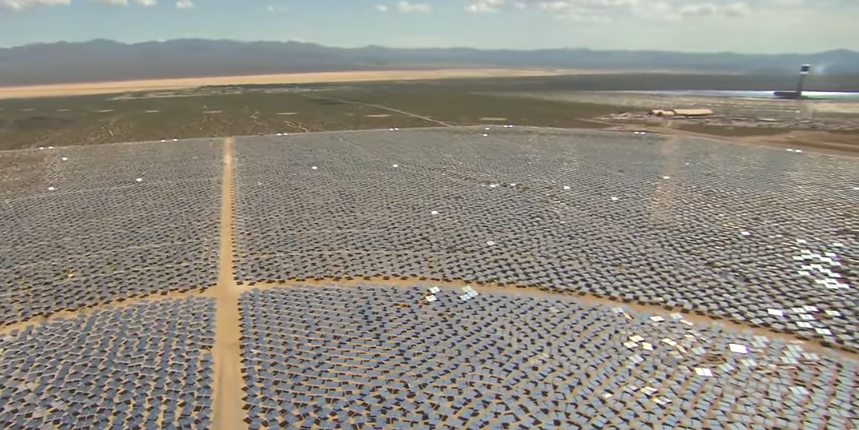Solar development could negatively affect desert plants and animals, experts warn
07/13/2021 / By Divina Ramirez

President Joe Biden has made mitigating “climate change” one of the top priorities of his administration. That meant focusing on meeting pollution reduction goals and greenlighting massive solar development projects.
In fact, the president approved one such project, called the Crimson Solar Project, last month. It will stretch across 2,500 acres of public lands in the desert of Southern California. It is expected to provide enough electricity to power 85,000 homes. But there’s one problem: The desert is not a barren wasteland.
The desert is an undeveloped ecosystem, said Steven Grodsky, co-founder of the Wild Energy Initiative. Anytime there is a major disturbance in an ecosystem that has a generally low frequency of natural disturbance, you might shake things up a bit, he added.
Grodsky, who is also an assistant professor of natural resources and the environment at Cornell University, has spent years studying how solar projects could affect soil, plants and animals in the Mojave and Sonoran deserts. Some of his studies have been published. However, more is needed to better understand how large-scale solar projects threaten desert ecosystems.
The government’s greenhouse gas reduction goals require aggressive buildouts of clean energy infrastructures, said Grodsky. This is a good thing in the sense that we can tap into energy sources apart from fossil fuels. This also gives environmentalists an opportunity to guide the sustainable development of these renewable energy infrastructures, he added.
“[To] do that, we’ll need to better understand how solar developments may affect various plants and animals.”
Solar development could disturb habitats, harm animals
Life in the desert is slow. For instance, an earlier study led by Grodsky showed that nearly a decade after a site was mowed in preparation for development, some desert plants like cacti and Mojave yucca still hadn’t recovered. Other plants, like creosote bushes, were able to recover but only after a few years.
Desert animals are also slow-moving, such as the desert tortoise, which seems to represent the pace of life in a desert. However, the desert tortoise is just one of many animals that may be severely affected by solar projects in the desert.
Things that come with development, including off-road vehicles and livestock grazing, have greatly devastated desert tortoises, which spend a large chunk of their century-long lifespan in burrows. In fact, this combination of threats has led to the Mojave desert tortoise being listed as threatened under the Endangered Species Act.
Bulldozers and fences may also severely impact the habitats of other desert animals, such as kit foxes, iguanas, burrowing owls and kangaroo rats, as well as hundreds of rare plant species.
Grodsky is conducting a study on federal land run by the Bureau of Land Management in the Riverside East Solar Energy Zone. The area has been set aside for large-scale solar development. Grodsky said they are working to better understand how future solar facilities might affect how animals use the burrows.
Grodsky has also been studying the interactions between pollinators and desert plants in other regions with solar development projects. What he has found so far is that solar development is likely affecting the soil. (Related: Installing solar panels on pastures boosts land productivity, study finds.)
Consequently, changes in soil health are affecting where and how Mojave milkweed can grow. Some species of butterflies favor this plant for laying their eggs on. Caterpillars from these butterflies like to eat Mojave milkweed as well. Without the Mojave milkweed, the butterflies would likely disappear as well.
The more intensive the disturbance of desert soils and plants, the more you open up an opportunity for invasive plant species to colonize the area, said Grodsky.
In other words, solar development projects could inadvertently eradicate native plant species while causing invasive ones to proliferate.
Therefore, how sites are prepared for solar projects can make a difference in their ecological impacts. Grodsky said now is the time for researchers in the ecological community to do their part. This entails conducting further studies to better understand desert ecosystems and to ensure that solar project developers are informed about the possible ecological effects of their projects.
However, this will take buy-in from developers, incentives, policies and funding.
Learn more about the environmental impacts of large-scale solar power projects at Environ.news.
Sources include:
Tagged Under: animals, big government, biodiversity, dangerous, desert, Ecology, environment, green energy, Mojave Desert, plants, renewable energy, solar power, solar project
RECENT NEWS & ARTICLES
COPYRIGHT © 2017 SOLARPANELS.NEWS
All content posted on this site is protected under Free Speech. SolarPanels.news is not responsible for content written by contributing authors. The information on this site is provided for educational and entertainment purposes only. It is not intended as a substitute for professional advice of any kind. SolarPanels.news assumes no responsibility for the use or misuse of this material. All trademarks, registered trademarks and service marks mentioned on this site are the property of their respective owners.







